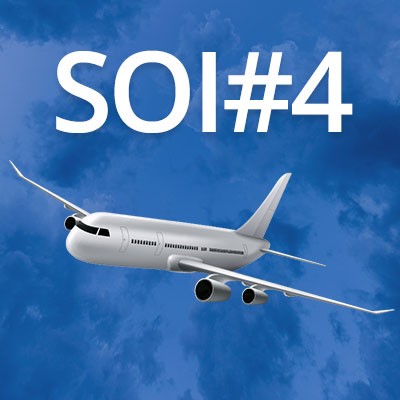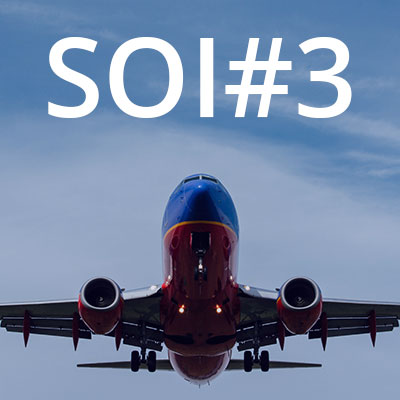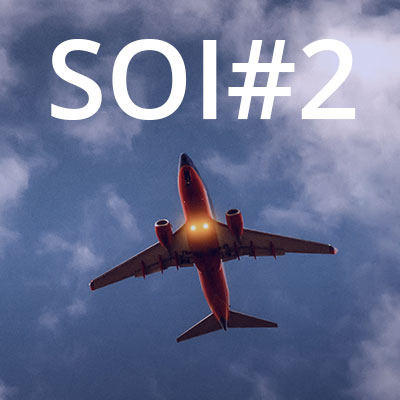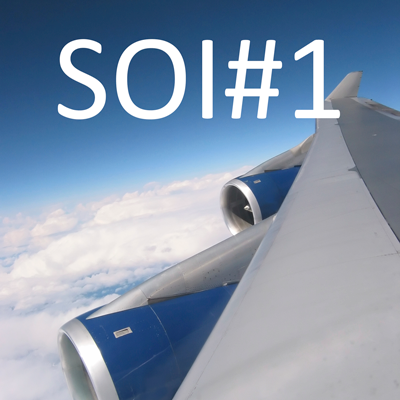Andrew Coombes and Zoe Stephenson of Rapita Systems are in Denver to exhibit at and attend the ACM SIGAda Annual International Conference. Here are Andrew’s thoughts on a tutorial given by Ben Brosgol of AdaCore.
“We’ve known for some time that avionics safety standards are moving on from DO-178B (Software considerations in Airborne Systems and Equipment Certification) to DO-178C, which Ben expects to be released in 2012.
“This tutorial was a good opportunity to hear about the benefits of this change from a man with over 30 years of experience in programming languages, software development methods, safety and security, and real-time systems.
“While DO-178B has certainly resulted in software being developed in a more rigorous way for avionic systems than is currently the case for medical or automotive systems, Ben says there are still good reasons why it needed to be revised.
- DO-178C allows avionic developers to accommodate “new” software technologies including object oriented programming, automatic code generators, COTS (Commercial off the shelf software) like real-time operating systems;
- It incorporates supplementary material generated after DO-178B was initially released);
- It corrects errors and omissions in the original standard.
“The original intention to include DO-278 (which is similar to DO-178B, but targeted at ground-based systems) has been abandoned. DO-278 will be released as DO-278A at some future time.
“During the tutorial we also looked at some of the differences between DO-178B and DO-178C, especially in the area of structural coverage – for example DO-178C will explicitly permit the use of masking MC/DC, whereas DO-178B only discusses unique case MC/DC.
“We also looked at tool qualification – this has received extensive treatment within DO-178C with the identification of Tool Qualification Levels (TQL) and qualification activities to support these.
“Interestingly, Ben observed that DO-178C (and DO-178B) do not mandate any activities that are specific to aerospace – DO-178B or DO-178C could equally be applied to automotive, nuclear, medical or any other critical industry. “Thanks to Ben for an interesting tutorial on what is still a developing story.”

 Rapita System Announces New Distribution Partnership with COONTEC
Rapita System Announces New Distribution Partnership with COONTEC
 Rapita partners with Asterios Technologies to deliver solutions in multicore certification
Rapita partners with Asterios Technologies to deliver solutions in multicore certification
 SAIF Autonomy to use RVS to verify their groundbreaking AI platform
SAIF Autonomy to use RVS to verify their groundbreaking AI platform
 How to measure stack usage through stack painting with RapiTest
How to measure stack usage through stack painting with RapiTest
 What does AMACC Rev B mean for multicore certification?
What does AMACC Rev B mean for multicore certification?
 How emulation can reduce avionics verification costs: Sim68020
How emulation can reduce avionics verification costs: Sim68020
 Multicore timing analysis: to instrument or not to instrument
Multicore timing analysis: to instrument or not to instrument
 How to achieve multicore DO-178C certification with Rapita Systems
How to achieve multicore DO-178C certification with Rapita Systems
 How to achieve DO-178C certification with Rapita Systems
How to achieve DO-178C certification with Rapita Systems
 Certifying Unmanned Aircraft Systems
Certifying Unmanned Aircraft Systems
 DO-278A Guidance: Introduction to RTCA DO-278 approval
DO-278A Guidance: Introduction to RTCA DO-278 approval



















